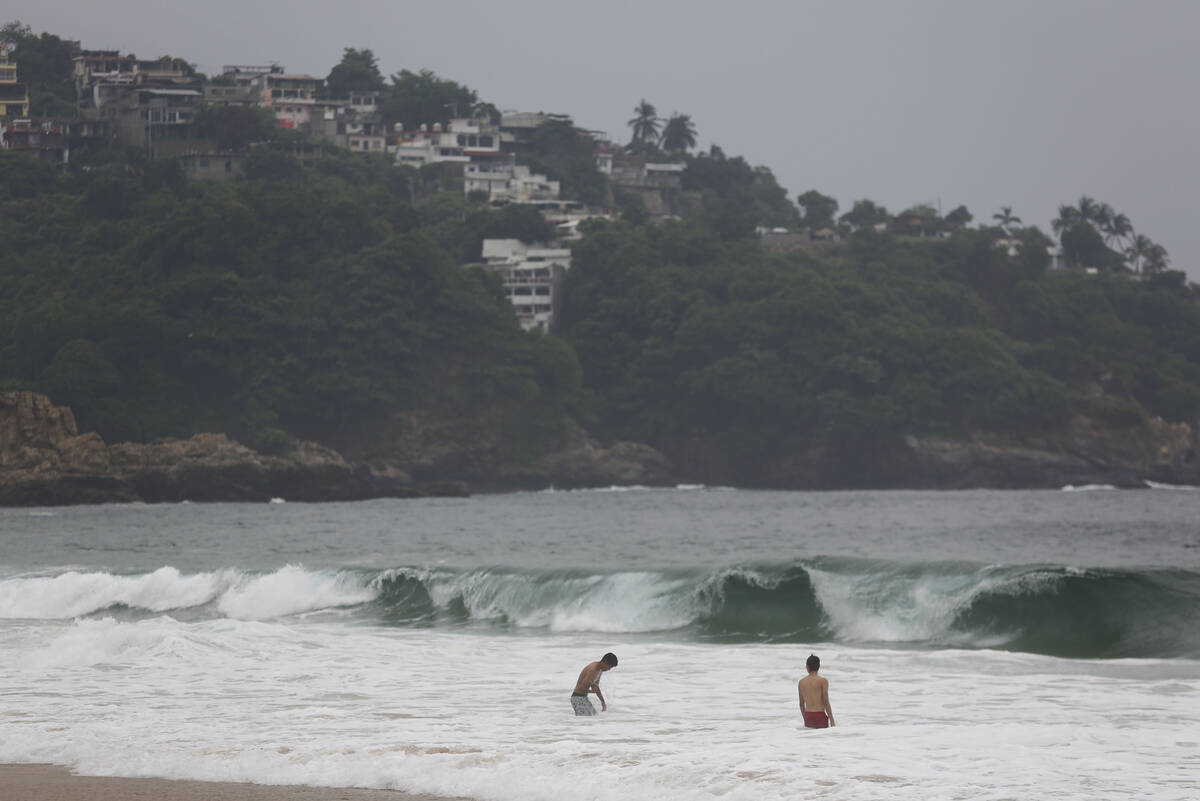Hurricane Otis intensity catches all by surprise; El Niño may be a factor
Pacific Ocean Hurricane Otis slammed into Acapulco, Mexico, early Wednesday as a Category 5 storm, an event totally unexpected by the weather forecasting community.
Any indications that the El Niño weather pattern was a factor is one question that experts may be able to answer in coming weeks.
The landfall was historic in more than one way, according to AccuWeather. The area where Otis slammed ashore had never endured a landfall from a major hurricane — Category 3 or higher. There has also never been an Eastern Pacific Category 5 hurricane landfall in recorded weather history. Nearly 30 people have died as a result of the storm.
Otis will also go down in the history books for extremely rapid intensification over the East Pacific before it struck land. The storm’s wind velocity escalated some 80 mph over a 12-hour period before it became the first Cat 5 to ever make landfall from the Pacific Ocean.
“There is no historical precedent for a landfalling major hurricane in this part of Mexico,” AccuWeather Director of Forecasting Operations Dan DePodwin said.
Early this week Otis rapidly strengthened, which occurs when winds increase by 35 mph or greater in 24 hours or less. In fact, the sustained winds in Otis increased by 80 mph in 12 hours, the most rapid intensification on record for the East Pacific basin since at least 1966.
The cyclone’s wind intensity increased from a 50-mph tropical storm at 4 p.m. CDT on Monday to a 165-mph Category 5 hurricane at 1 a.m. CDT on Wednesday.
“It’s a little too early to say what caused it and what resulted,” National Weather Service meteorologist Trevor Boucher said Wednesday from the Las Vegas office. “There is a lot of conjecture going on and it’s too early to get into that. What we do know is the (computer) models didn’t pick up on it at all.”
The weather forecasting community is anxious to diagnose what happened as Mexico residents and forecasters were caught unprepared, Boucher said, noting it will take several weeks for forecasters to gather huge volumes of data, and diagnose how and why Otis escalated into a major hurricane so quickly.
Ocean water temperatures were significantly elevated, which could be a major factor in the swift development of Otis.
“Those (ocean water temperatures) are significant anomalies,” Boucher said. “Temps are well above normal.”
Pacific Ocean water temperatures are one of the major drivers of El Niño, the weather cycle that took hold in the Pacific during the summer and has some climatologists predicting a strong El Niño winter well into 2024 while other experts aren’t quite so sure.
30-day outlook
Whether El Niño becomes a strong pattern this winter may have been bolstered some when the Climate Predication Center updated its monthly outlook for trends in temperatures and precipitation last week.
It indicated that Nevada is projected to have a better chance of slightly higher precipitation from December through February.
As for temperatures, nearly all of Nevada, much of the West Coast and the entire northern half of the country are projected to have a better chance of above-average temperatures.
The outlook is updated each month, the next coming Nov. 16.
“It doesn’t tell us much,” Boucher said of the outlook. “Even a slight favoring (above or below normal) one way or the other” doesn’t mean that is what will actually happen.
Contact Marvin Clemons at mclemons@reviewjournal.com.




























